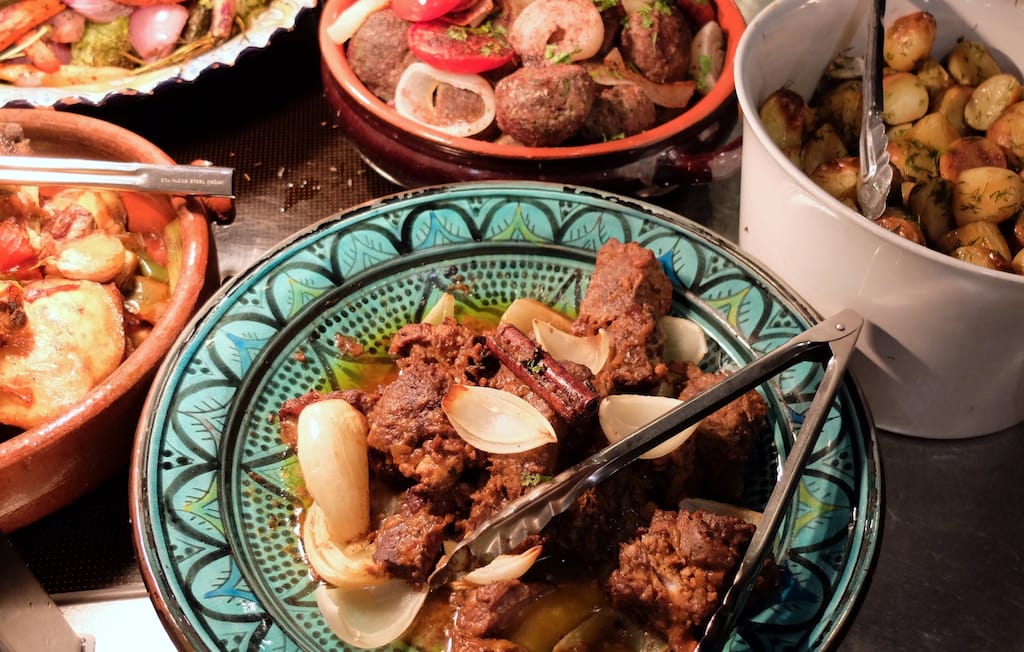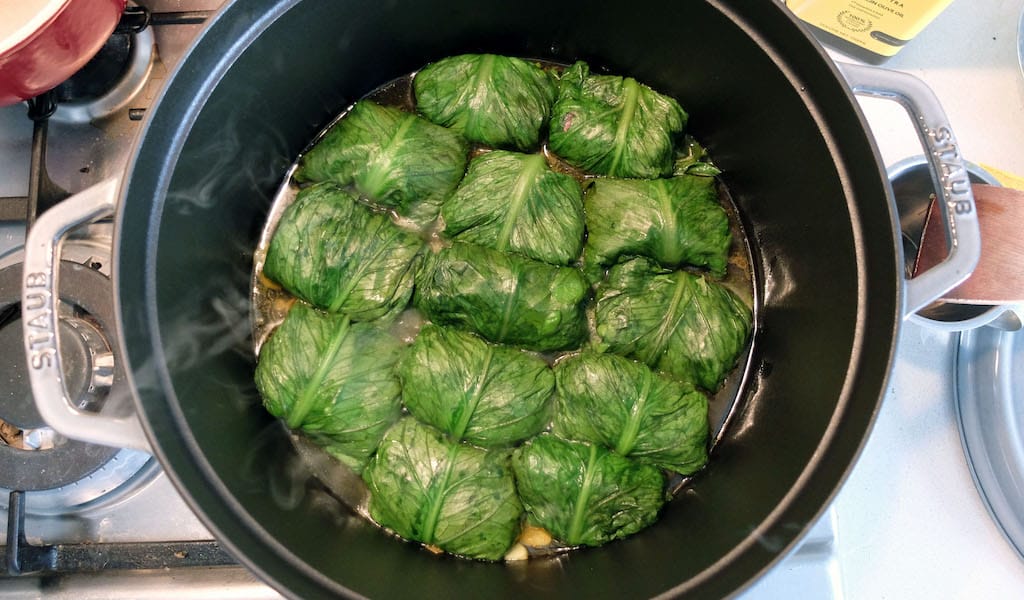A few blocks from the fragrant street stands of Noailles, another multicultural bazaar unfolds indoors. An aproned man fries up falafel balls to stuff into sandwiches. At a wooden cart besides him, a girl pushes sugar cane into a whirring juicer that pours out the sweet nectar in a glass. Down the hallway, two women finger bolts of colorful Egyptian fabric and glittering ribbons.
The Souk de Nour d’Egypte is a feast for the senses. Every inch of the soaring space is filled with something delicious or decorative. In the front half, wooden carts brim with spices, ice cream and other foodstuffs, leading to a long counter laden with baked goods, cooked dishes and a medley of salads. Behind it, the back area teems with Mediterranean goods, from Tunisian teacups to Syrian soap. Though 10,000 square feet, the space has a cozy feel, thanks to the familial warmth of the owners, Tamer and Agnès Shabana.

This is the couple’s fourth address. In 2014, they launched their first eatery, Nour d’Egypte, to share Tamer’s homeland with Marseille. It was an instant hit with the city’s small Egyptian community and fans of Mediterranean fare. Five years later, they transformed a neighborhood boulangerie into a Levantine café/bakery, Balady, and, a tiny Noailles corner stand into Petite Nour for sandwiches and savory, phyllo layered feteer pastry.
If you combined all three of those places, they would fit into a third of Souk de Nour d’Egypte. The immense space used to house a Tati discount clothing store, hence the escalator, elevator, and pink TATI floor tile at the entrance. Abandoned by a fire since 2014, Tamer dreamed of using the building to “create a world” bigger than his previous eateries allowed. It took two years to convince the owners to “bet on us,” shares Tamer. Then, two more for the massive renovation, including the beautiful Egyptian tiles throughout and huge kitchens in the basement and second floor.
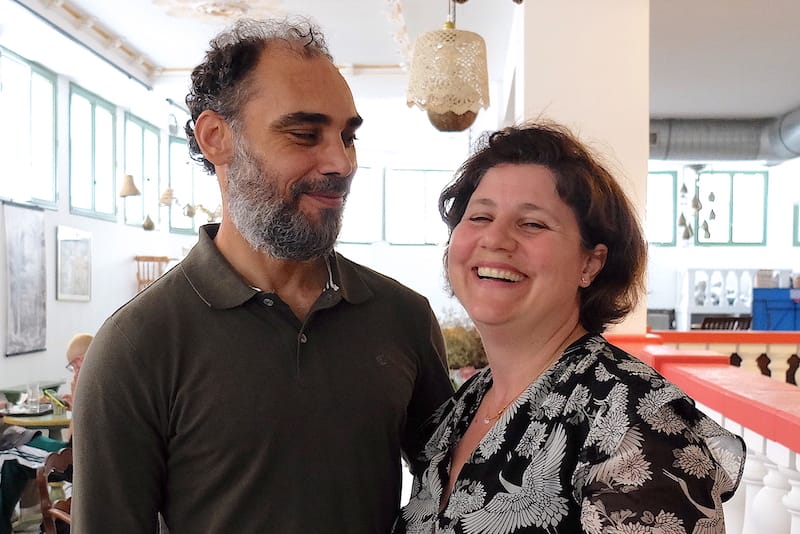
Despite the name, the menu at Souk de Nour d’Egypte is mediterranéane orientale, stretching from Turkey to Tunisia. This is inspired by Agnès own multicultural background– the Marseillaise has a Greek Romanian mom and an Algerian pied-noir father – mixing with Tamer’s Egyptian roots. It also reflects the similar food traditions that weave throughout the Mediterranean. Like hummus, kefta (spiced meat balls) and basterma, seasoned air-dried cured beef – all made in house.
Despite the name, the menu and goods at Souk de Nour d’Egypte is mediterranéane orientale, stretching from Turkey to Tunisia.
On the Egyptian side, a kochari cart dishes out the hearty mix of pasta, rice, fried onions, lentils and tomato sauce. The falafel, tameya in Egypt, is made with fava beans. Stuffed in homemade bread with grilled eggplant, pickled veggies and lemon-y tahini, this falafel sandwich is one of the city’s best. For dessert, one bite of the oum ali, a creamy pudding topped with pistachios, and you’ll know why it’s a national icon.
A lot of the recipes come from Tamer’s mom. “She came for a month to train the staff,” he explains, adding that they use “less butter and sugar” in response to healthier eating habits. And vegetarians will love the huge choice of veggie-centric options. Other dishes are created by the multicultural cooks – currently a mix of Egyptian, Syrian and Iranian. Agnès also contributes ideas born from her French and Mediterranean heritage. The café frappé iced coffee reminds her of family visits to Greece. Her buttery brioche stuffed with halva (sweet sesame paste) is delicious for petit-dejeuner.
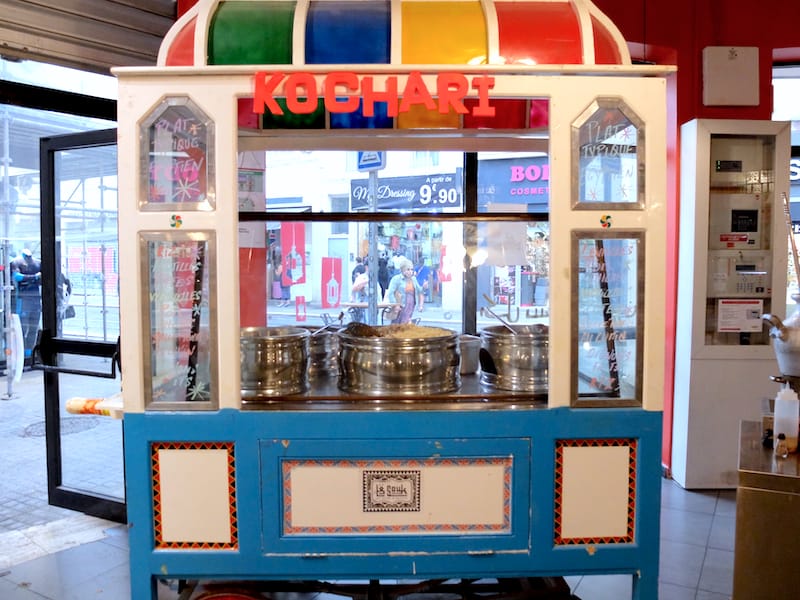
The halva brioche is made in the enormous downstairs kitchen, which bakes goods for all three of the Shabana’s other restaurants. This of course includes the toothsome pain Egyptian used in all the sandwiches and the flaky bread topped with za’atar, tomatoes and cilantro. The most famous is their feteer – aka “Egyptian pizza” – in which phyllo dough is layered with loads of samna (clarified butter), then stuffed with spinach, feta, mint and sundried tomatoes.
With all this choice, it can be hard to settle on any one thing. Even the seating is diverse: Dine on a golden geometric table in the marketplace, upstairs in the spacious dining area or outside on the makeshift terrace. Food is served all day to “be as much like Egypt’s 24/7 culture as possible,” shares the couple. Many of the items are takeout-friendly, too.

The culinary offerings spill into the shopping side of the Souk. Find stainless steel plates from Egypt, silicone molds with Tunisian motifs like hamsas (palm-shaped amulets) and crescents, and Marseille-made Tava Hada Pilpelta harissa. A central aisle is lined with wooden, apothecary-like shelves that are filled with spices. Each one is accompanied by a list of their health benefits, i.e. fenugreek is good for breastfeeding and turmeric for sore throats. “I wanted to do something pedagogical to respond to our customers’ questions,” shares Agnès.
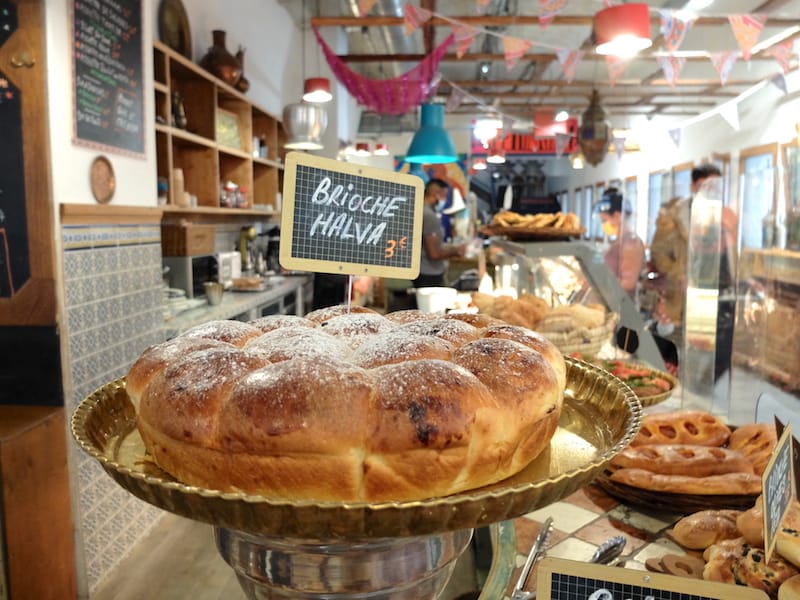
She heads up the marketplace side, which also includes books, home décor, jewelry, fabrics, tableware and beauty products. Inspired by “goods found in Mediterranean homes,” the selection ranges from vintage maps to golden hammam bowls to perforated tin lamps. Her sister-in-law helps source goods from Egypt to support local artisans, like bags made from colorful waxed fabrics and the engraved wooden chairs on which customers sit when dining.
Originally, Tamer and Agnès planned to have shopping and eating on separate floors. Due to limited in-person dining due to Covid, they combined both on the ground floor. Once things return to some sort of normalcy, the airy second floor is poised to be an Egyptian restaurant and a cultural space, housing lectures, art exhibits, film screenings and more. In the meantime, the Souk de Nour d’Egypte has plenty to fill your belly and your home. A bright spot (fittingly, nour means light in Arabic) in the heart of Marseille.
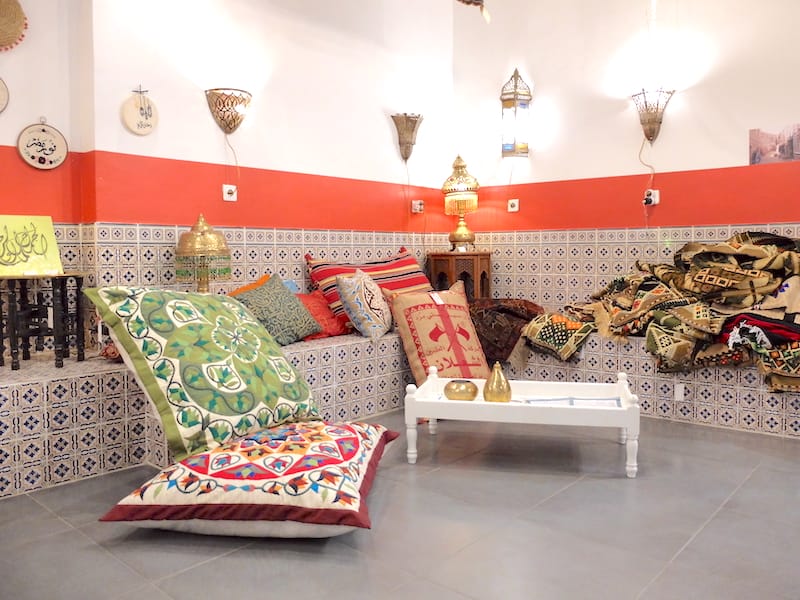
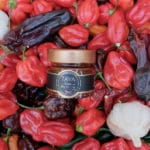 September 21, 2021 Tava Hada Pilpeta
September 21, 2021 Tava Hada Pilpeta
Though synonymous with Tunisia, Algeria and other North African nations, harissa’s main […] Posted in Marseille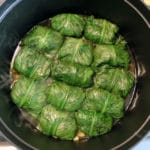 March 24, 2021 Recipe
March 24, 2021 Recipe
On March 27 of this year, Monique and Josef, the Moroccan-born couple that own […] Posted in Marseille August 24, 2022 Le Bon Air: Food Truck, With a View
August 24, 2022 Le Bon Air: Food Truck, With a View
Summer in Provence ushers in a multitude of promises. In Marseille, it means waking to […] Posted in Marseille
Published on August 31, 2021
Related stories
September 21, 2021
MarseilleThough synonymous with Tunisia, Algeria and other North African nations, harissa’s main ingredient helms from Mexico. After 1492, chile peppers crossed the Atlantic via the Columbian Exchange, trading between the New World and Old World. It was Spain that introduced Tunisia to the spicy capsicum during their 16-century occupation. The Arabic verb harasa means “to…
March 24, 2021
MarseilleOn March 27 of this year, Monique and Josef, the Moroccan-born couple that own Patisserie Avyel, plan to roast a turmeric-coated lamb shoulder above a bed of onions. My friend Judith, whose family hails from Algeria’s Tlemcen region, will blend almonds and raisins into mlosia, a thick jam. And, in my apartment, I will simmer…
August 24, 2022
MarseilleSummer in Provence ushers in a multitude of promises. In Marseille, it means waking to the song of the cicadas, day trips by boat to le Frioul to cool off in the sea and the afternoon rendezvous with friends for an apéro of pastis or rosé on ice. Saturdays bring the bliss of wandering through…







































